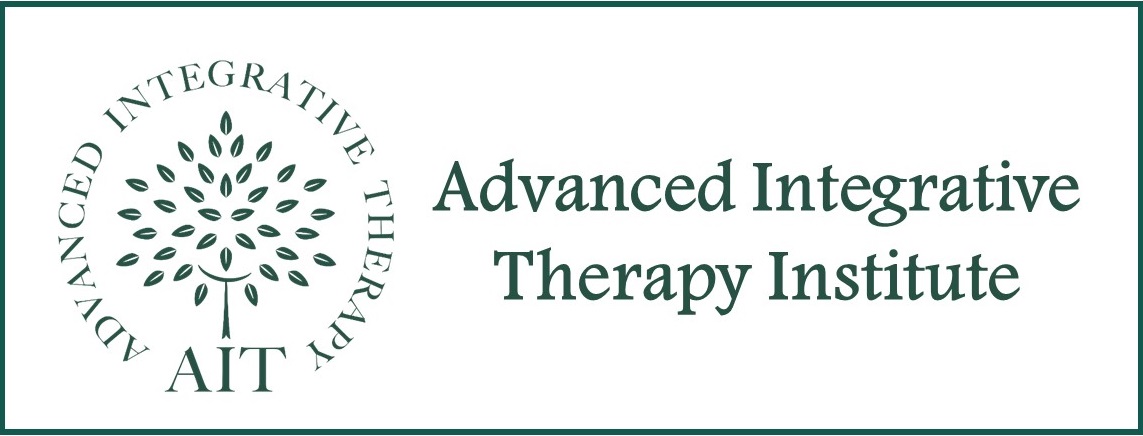Group Treatment for Violence Experienced by LBGTI People.
Using Advanced Integrative Therapy AIT (Honduras. August, 2019)
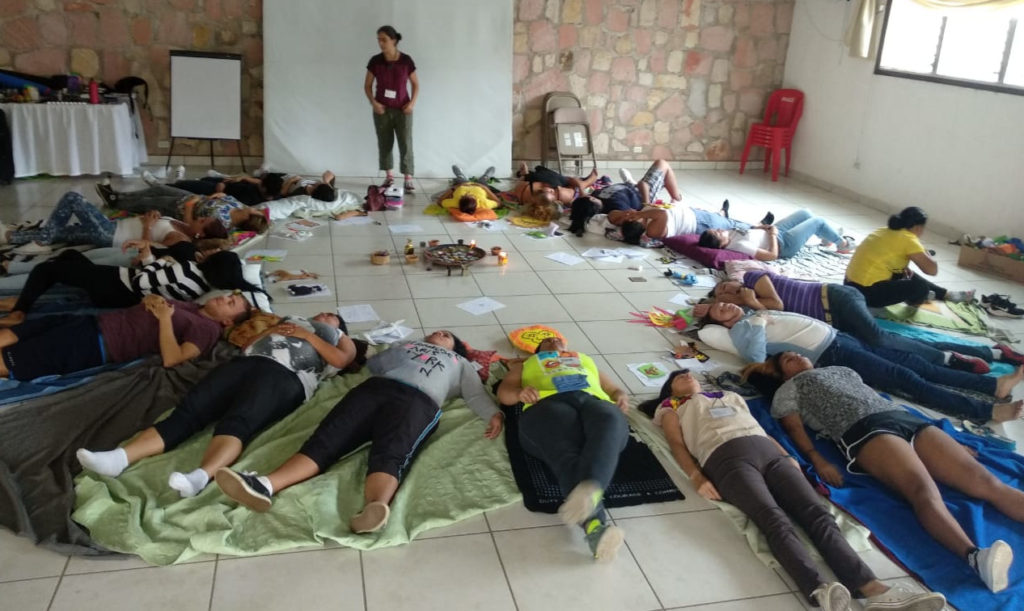
In Honduras, as reported by the National Commissioner for Human Rights (CONADEH)[1] in 2019 alone, 21 LBGTI people have been murdered in the country. Additionally, the index of violence is increasing in a worrisome way, and more than 90% of hate crimes against sexual minorities go unpunished, with no justice and no guarantee of security for the people subject to these abuses.
There is a lack of political and social will in Honduras to guarantee some minimum safety for the population that lives in constant stigmatization, discrimination and revictimization by state agents and the population in general, in addition to of organized crime. This people in general are victims of homicide and/or attempt of murder; of abuse of authority, injuries, illegal arrests, robbery, harassment, rape, threats, domestic violence and aggression. An excessive discrimination that implies disrespect for their fundamental human rights, mainly the right to live and to a life with dignity.[2]
The loss because of murder is a situation that is overwhelming for any person. In Honduras and in a lot of Central America, especially in certain social strata, this can be a repetitive event, which responds rather to a Traumatic Pattern of large social order. In all these cases the witnesses and/or survivors do not receive any professional help to be able to integrate the trauma experienced. To this situation, we must add the social context where LBGTI people live.
In the search for self-recognition for their own sexual identity and development, many have been violated, humiliated, rejected and / or expelled since early age, even within the family, adding repetitive events of violence, which involve the people who took care of them during their early childhood. Therefore, in many cases we are no longer just facing traumatic events or patterns lived in adulthood, but we also talk about “development traumas”, affecting their relationship building socially and emotionally, where trust is twice impaired. Therefore in the social context for the majority of LBGTI people, briefly described at the beginning of this article, we meet persons whose society is causing complex wounds that affect the construction of the “I” and its acceptance in relation to body-identity, in front of the “other”, that represents a structure of rejection, abandonment and violence in constant legitimacy to use and abuse its power in the face of a supposed “non-normality”, which is a social or cultural construct. All this, in many cases, comes with strong elements of introjected guilt, generating a suffering that sometimes involves worthlessness, suicide attempts, and/or seeking for ways to release suffering through addictions, dissociation or involvement in violent relationships.
However, we must not ignore that along with all this, they are trying to escape from an external situation of constant violence, in many cases they have developed coping tools located mostly in the strength of the collective. This has often been a liberating element of belonging and becoming a “chosen family”, as a source of resilience to resist violence that doesn´t stop in everyday life. This group needs to be able to heal to avoid repeating certain patterns of relationship. For this reason, after the murder of Bessy Watson, a transsexual activist and promoter of LBGTI rights through the “Here and Now” Rights Platform in Tegucigalpa, from PBI Honduras (International Peace Brigades), along with other local organizations, we were contacted to assist this LBGTI group from the Arcoiris (Rainbow) Association.
During the first week of August, a team from El Salvador, trained in Advanced Integrative Therapy (AIT), went to Honduras. As we explained above, when were faced with what Martín Baró [3] called “Psycho-Social Trauma”, which places the causes of trauma not within the person but on the society, from the family to the community and society as a whole, especially when dealing with damage that impacts the very structure in the collective unconscious, where you get to lose the very principle of humanity, legitimizing violence, hate and murder. For these reasons we chose to treat the affected as a group. In this specific case we had a total of 33 people from the LBGTI community of the Arcoiris Association. Among them there were transsexual women who witnessed the murder and survived after being shot. Everyone had lost different friends and fellow activists in recent months, and above all, all LBGTI people shared the socio-family context and the same social of discrimination and rejection, or even extreme violence against their sexual identities.
Using AIT, we adapted the protocols to do group treatment, seeking to reduce the symptoms of Post-Traumatic Stress Disorder associated with the recent violence experienced, but at the same time connecting that violence with the history of violence experienced since childhood, which in its most cases, was located in the rejection and family violence, associated with guilt, shame and pain as they could not be completely themselves without losing their homes or feeling of belonging. We worked on Ego strengthening, in order to build a healthier relationship between ego and center.
To start the group process, one of the key elements according to Mayan tradition, is the placement of the “Center of Power” in the room. From that center the energies of the day are called upon, and they connect with the force of the universe explaining the meaning for the Mayan people, which are an ancestral people living in the Central American region. From that space, the process that is going to be carried out for two full days has a meaning, and becomes a space for collective containment and resistance against the violence experienced. In it, candles were lit for each cardinal point, making this space the first element for strengthening the group-ego that would contain all the individual and collective healing experience.
Through the use of art-therapy techniques, visualization and meditation techniques, the process of strengthening the ego was continued through the installation of qualities. The goal was to rescue the elements of resilience that each person has learned to develop in order to face episodes of repetitive violence throughout their lives. In the same way it was sought to strengthen the role of the group as “chosen families” where they have found affection, understanding and mutual support. Returning to retrieve the ancestral vision, after making a visualization in a safe place of their psyche, each person was connected with their “power animal”[4] for this we used the script of the Safest and Most Beautiful Place from the AIT Seminar Treating Spiritual Wounds.
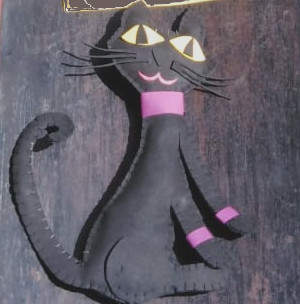
After achieving these internal dialogues with the collective unconscious of each person, through their power animals, they to created their own power animal in the form of “foamy dolls”. Each person was subsequently invited to build a list of qualities they admired of their animal and to which they believed they were connected, either because it was something that they wished for themselves, or because it was definitely theirs and shared with their animal. At that moment the AIT Positive Qualities Protocol was used for the Installation of positive qualities as a group, but each person worked on individually.
After this first step, and the elaboration of their own power animals, they revisited a traumatic event related to loss, either recent or very old to feel if “it was time to heal” with the help of his power animal. For this, two different steps were chosen, a first moment with the use of art-drawing techniques, where they were asked to pick one traumatic event where there was a significant loss and draw what they felt. Once drawn they were asked to return to that moment and with “alternate bilateral stimulation”, used in AIT in the “Cancer Message Protocol” (AIT Seminar on Prevention and Treatment of Cancer), they were asked to locate the part of the body where they felt some disturbance and go through the energy centers with their hands while they breathed deeply. The goal was to revisit what happened several times feeling the body and its emotions, after performing collective exercises of reversals and neurological disorganization. They were then asked to draw how it felt after each collective exercise, to help release all emotions linked to trauma until they reached a zero. Drawing, besides being a powerful bridge to the Unconscious, allowed them to create some distance or space by disconnecting the ego from what occurred, which facilitates containment and subsequent release. During this collective exercise the facilitators trained in AIT, approached each individual case where they saw that the work presented more resistance and applied the AIT tools for reversals, neurological disorganization and/or application of the emotion release method, as well as the Trauma Protocol when necessary.
The second step, the next day, was through a visualization exercise that generated a safe space. Then, divided by stages of the life cycle, they remembered all the times and ways in their lives they encountered situations of loss (death, migration and/or disappearance), looking for those objects that represented people from their childhood and youth, that were significant and gave them many things that are now part of their lives, until they reached the current moment , and the current losses of the companions and colleagues from the organization.
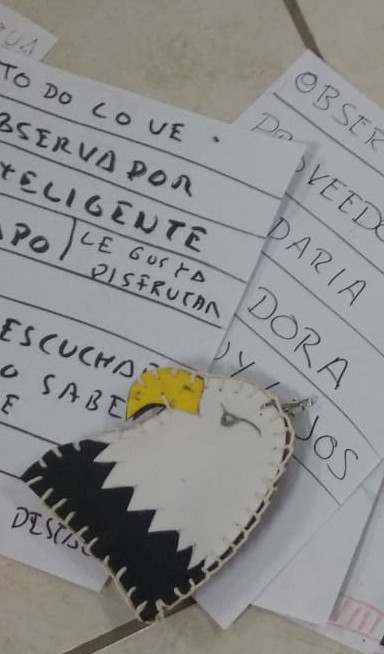
After each experience, they were allowed to share what they had lived, and from this, joint phrases were put together to describe patterns and work with the Trauma Protocol together. In this first approach that lasted two days, Connecting Trauma could not be treated, since the strength of their psyche structures was not enough to be able to complete the process, and we could only work in initiating and originating traumas separately.
Finally, to close the work with their loss in the present, supported by the energy center according to the Mayan vision, they lit up candles for each person killed or for each significant loss (migration, disappearance, death or murder), remembering what each person and experience left them individually or collectively, to make sense of their existence. Similarly, during the night of the first day and taking advantage that one the AIT Therapist is also Ajq’ij Maya (Mayan Shaman or Healer), a spiritual ceremony was held in which the participants continued to work with their emotions from loss and violence.
To close the work done in these two days, we returned to the strengthening of qualities, this time focused on the community, to regain trust in the group, as chosen families where they also feel their personal and collective strength. From this process we rescued the changes that the participants expressed in the moments they shared their experience. Although we are aware that a deeper process is necessary, none of the people had received any support in the face of loss and violence they suffer, and they expressed this was the first time they could talk about it, and feel that they could let go and not just fall apart again. That is, they didn´t was to just talk about it anymore, so as not to suffer again. Instead, this time something was different because it they felt liberated. Some said they could sleep without nightmares for the first time in months, or lost that sadness and pain they felt at all times before the treatment; and finally, many became aware that all that pain could be released and left in the past. Even though they could not erase what happened, they could feel more present and fight for a future with greater hope.
Authors: Cristina Martínez Olivé (AIT Certified Therapist and AIT Teacher) and Charo Hernández Camacho (AIT Therapist)
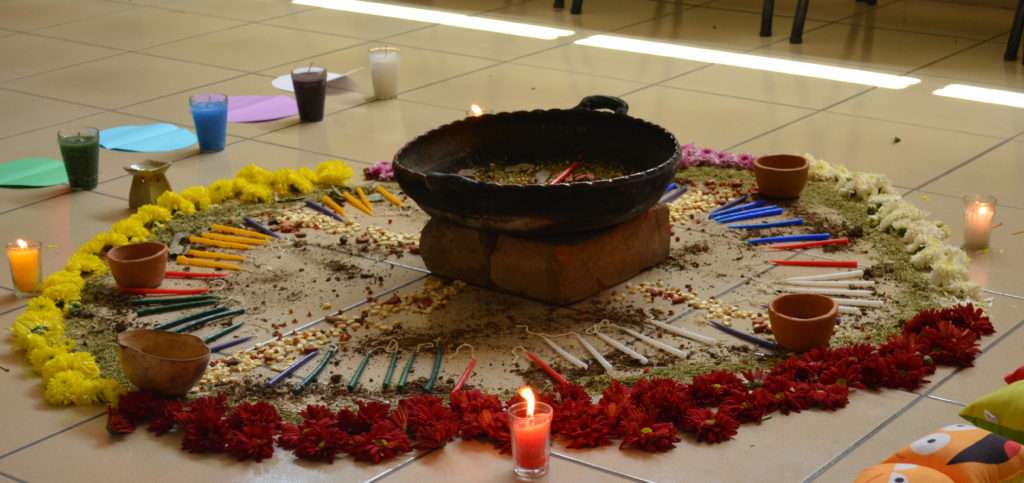
[1] High Commissioner for Human Rights in Honduras.
[2] https://www.cejil.org/sites/default/files/legacy_files/El%20Caso%20de%20Honduras.pdf
[4] Power animals are also called spiritual animals, totems or nahuales in the mayan vision. For the native people of South and North America and Canada, they are animals that guide and protect us spiritually, and share qualities with the person. These qualities are to be deposited in each person but at the same time they must be cultivated to continue their growth connected with the whole or the ancestral unity.
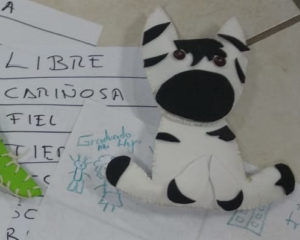
Si quieres leer este artículo en español, haz click AQUÍ
